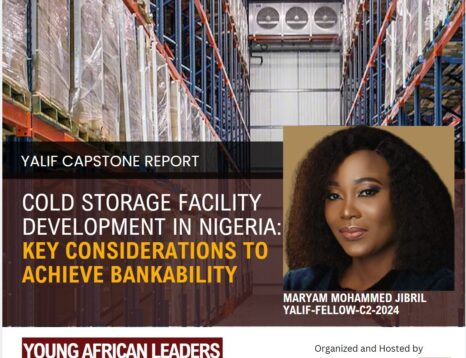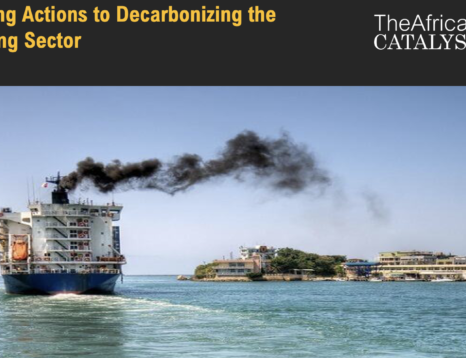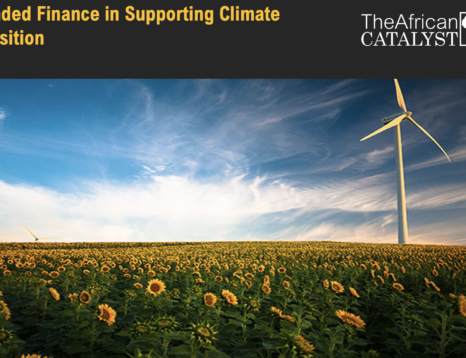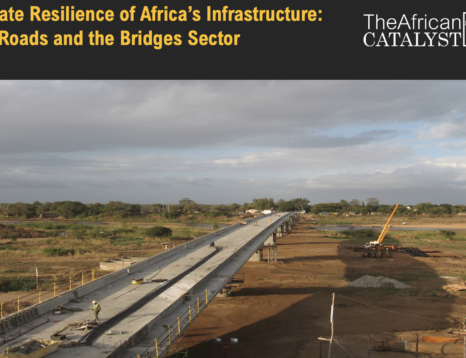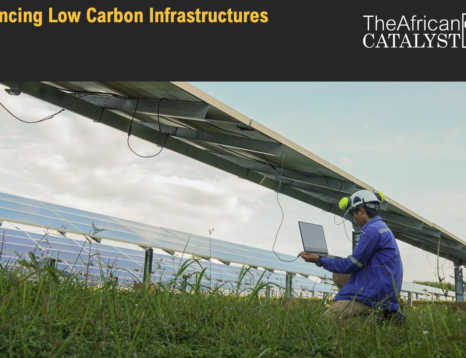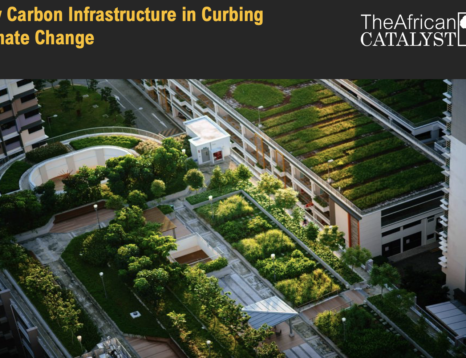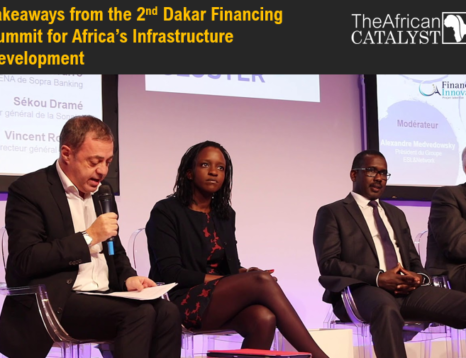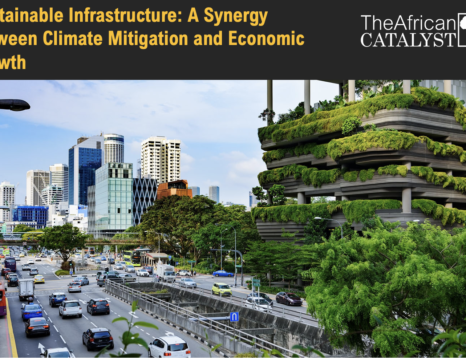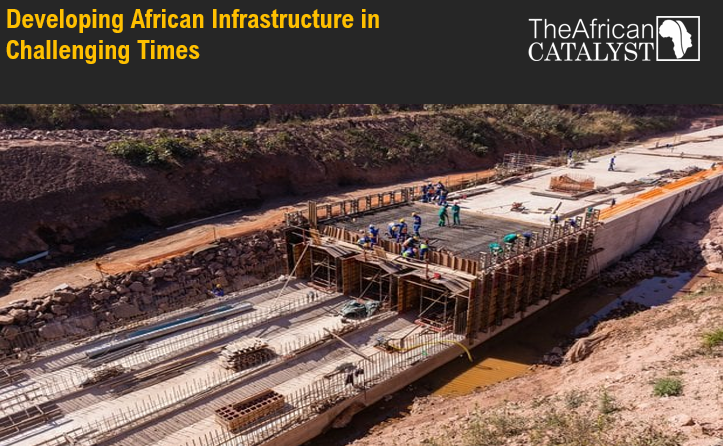
CFC, together with Africa50, for the “CFC Africa Insights" series, published “Developing African Infrastructure in Challenging Times”. Established by the African Development Bank and African governments, this flagship pan-African investment platform aims to accelerate infrastructure delivery on the continent through an innovative business model that covers the entire project lifecycle, by bringing project development and financing together under one entity.
The report highlights some of the latest trends in African infrastructure investment landscape. It sheds light on the current opportunities, challenges as well as some of the most innovative solutions implemented to bridge the financing gap (including PPPs and blended finance, impact & sustainable investing, FinTech, Islamic finance etc.). Lastly, the document provides insights into best practices, recommendations, and illustrative case studies of successful infrastructure development, risk management and project execution in Africa.
This article by The African Catalyst reviews publication on accelerating African infrastructure development delivery amidst current challenges, highlighting key facts and takeaways.
African Infrastructure: The Needs and the Financing Gap
According to Africa50, infrastructure investment trends in Africa, prior to COVID, were positive, with the continent reaching a peak of US$100 billion commitments in 2018. However, the pandemic has deeply impacted infrastructure financing globally and across Africa, through 2021.
565 million Africans still do not have access to reliable electricity. Achieving reliable electricity supply for all would require an almost fourfold increase in investment, to around US$120 billion a year through 2040.
The slowdown of trade and business activities, as well as restrictions on the movement of people and goods, have disrupted the development of infrastructure and in some cases, prevented projects from achieving financial closure. This has widened the continent's infrastructure financing gap, which pre-COVID, stood at US$50-90 billion a year, according to the African Development Bank’s latest estimates.

African Infrastructure: The Critical Role of Development Finance Institutions (DFIs)
Traditionally, infrastructure investments have been financed largely by governments; however, growing debt burdens and the constraints of the pandemic, led to a reduction in the level of public funds allocated to infrastructure.
Development Finance Institutions (DFIs) played a critical role in cushioning this decline and they remain a key source of financing for large-scale projects. However, to bridge the infrastructure finance gap, it is critical to significantly increase investment flows from the private sector into this asset class.
Africa’s Infrastructure: Underlying Resilience in Private Participation
In terms of private participation in infrastructure projects, the continent has shown resilience during the pandemic. In 2020, while the number of projects with private financing decreased by 52% in emerging markets and developing economies, Africa registered a 7.3% increase in investment levels, from 2019, with a total of US$7.5 billion in private sector commitments received across 28 projects. Sub-Saharan Africa alone recorded a 14% increase from its five-year average of US$5.5 billion since 2015, while all other emerging markets and developing economies registered a decrease during the same period.
African governments’ embrace of the private sector will continue to be a positive trend, not just for infrastructure financing but for the overall business enabling environment. With the need for such investment growing further due to the pandemic, governments, DFIs and other stakeholders must do even more to lower investment risks, whether real or perceived.
African Infrastructure: Innovative Financing Mechanisms and Alternative Sources of Capital
To meet the continent’s infrastructure needs, all financing models must be leveraged. Public Private Partnerships (PPPs) will continue to be a preferred structure, but increased use of co-financing and blended finance with DFIs can kick start some investments. Asset recycling can be used to free up public funds, and Islamic finance can play a larger role in some regions.
Further financial sector reforms and increased fintech adoption can help make local capital markets a viable source of finance. Additionally, private equity and institutional investors are poised to deploy significant capital into African infrastructure.
African Infrastructure: Opportunities Abound
Demographics, both rising population numbers and growing middle classes, have been, and will continue to be, the driving force for infrastructure demand in Africa. Energy sector needs are as high as US$120 billion a year, with the use of renewables and natural gas likely to grow further. The transport sector has increasing revenue-generating opportunities in railroads, ports, airports, and toll roads due to traffic increases and implementation of the African Continental Free Trade Area (AfCFTA).
With a market of 1.3 billion people the AfCFTA is the largest free trade area in the world. Implementing the AfCFTA could boost Africa’s income by US$450 billion by 2015 (a gain of 7%).
Water and sanitation needs have also increased due to the pandemic, and investments in these sectors should get a boost due to the reforms implemented in some countries, which should make private investment more attractive.
The pandemic has highlighted the need for strengthening social infrastructure, such as healthcare and education, and these sectors also present an increasing number of opportunities for private sector investment. And finally, ICT infrastructure should get an impetus to reach the next level in connectivity. Along with transport and sub sectors with regional reach, ICT should both benefit from and empower AfCFTA implementation.
African Infrastructure: Increasing Focus on Sustainability
As the pandemic wanes, the continent is seeking to build back better, with more emphasis placed on inclusive infrastructure that meets recognized Environmental, Social, and Governance (ESG) standards. Investment commitments to infrastructure are also a cornerstone of global efforts to combat climate change, and more funding will be made available to support projects that are net positive for African economies and help countries meet their climate goals.
African Infrastructure: Project Preparation and Risk Mitigation are Crucial
A major enabler and often showstopper is infrastructure project development. Only about 10% of projects in Africa reach financial close due to inadequate project preparation. In general terms, governments must create the framework and enabling environment that make projects bankable for developers and financiers, while developers must ensure that they have a strong business case and adapt to local circumstances.
DFIs and donors can help by providing advice and various types of finance and risk mitigation mechanisms.
Download the complete publication here.



